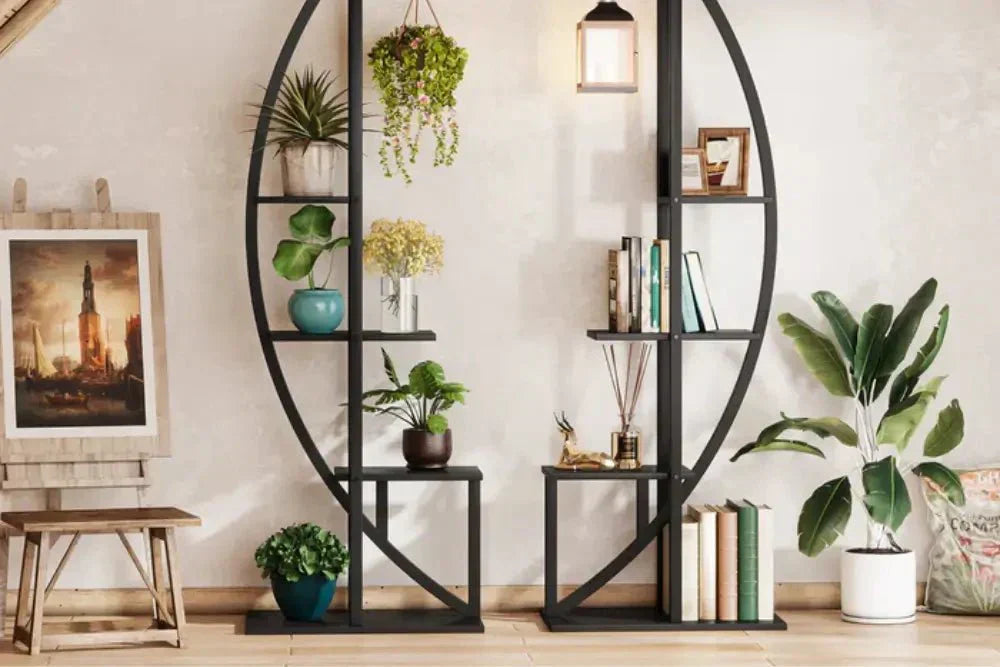If you’ve ever bought flat-pack furniture or browsed home interiors online, you’ve likely encountered particle board. It’s one of the most common materials used in modern furniture production—especially in ready-to-assemble designs—thanks to its low cost and adaptability. But what exactly is particle board, how does it perform compared to solid wood or plywood, and is it right for your home?
In this guide, we’ll walk you through what particle board is, its advantages and limitations, and how it’s used in quality furniture across UK homes.
What is Particle Board?
Particle board—also referred to as chipboard—is an engineered wood product made by binding wood particles such as sawdust and shavings with synthetic resin. The mixture is then pressed and heated to form solid panels.

It’s often confused with oriented strand board (OSB), but the two differ: OSB uses larger wood flakes and offers greater strength, making it better suited for structural applications like roofing or subfloors.
As noted by furniture and materials expert Tim Inman:
“Particle board is economical and consistent, but it isn’t designed for heavy load-bearing use.”
Key Features of Particle Board

-
Affordability & Uniformity
Particle board is one of the most cost-effective options for furniture manufacturing. Its smooth, consistent surface makes it ideal for veneers, laminates, and painted finishes. -
Lightweight
Easier to move and handle than solid wood or plywood, making it a practical choice for flat-pack furniture and freestanding units. -
Eco-Friendly Attributes
Often made using recycled wood waste, particle board supports sustainable production practices by reducing timber waste. -
Moisture Sensitivity
Untreated particle board absorbs moisture easily, which can lead to swelling or warping. It’s not recommended for high-humidity areas like bathrooms unless properly sealed.
Pros & Cons at a Glance
Pros:
- Low cost
- Smooth finish for decorative surfaces
- Lightweight and easy to work with
- Environmentally friendly (uses recycled materials)
Cons:
- Not as strong as plywood or MDF
- Susceptible to water damage
- Shorter lifespan under heavy use
- Lower screw-holding strength
Types of Particle Board
Plain Particle Board:
The most basic type of particle board, made by compressing wood chips and resin under high heat and pressure. It has a uniform composition but lacks surface finishes, making it a practical and low-cost option where appearance is not the main concern. It’s often used as a core material in furniture that will later be veneered, painted, or laminated.
Common applications include:
- Back panels of cabinets
- Internal shelving
- Low-budget furniture frames
Single-Layer Particle Board:
Constructed from one uniform layer of compressed wood particles, this type offers consistency and is especially suited to lightweight, non-structural uses. Its smooth surface works well in applications where finishing isn’t required, though it lacks the strength and durability of multi-layer alternatives.
You’ll often find it in:
- Drawer bases
- Division panels
- Rear sections of storage units
Graded-Density Particle Board:
Engineered with a higher-density core and lighter surface layers, this type offers improved load-bearing capacity, screw retention, and resistance to indentation. It delivers enhanced performance without significantly higher costs, making it ideal for furniture that requires a balance of strength and value.
It’s frequently used in:
- Desks and workstations
- Bookshelves
- Kitchens and cabinetry requiring extra durability

Melamine Particle Board:
A popular surface-treated variant coated with melamine resin for enhanced durability, moisture resistance, and visual appeal. Available in a wide variety of finishes—including woodgrain and solid colours—it combines practicality with style, making it a top choice for visible surfaces in modern homes.
Common uses include:
- Kitchen cabinet doors
- Worktop surfaces
- Office and bedroom furniture
Is Particle Board Right for Your Home?
Particle board works well in dry, indoor environments where high strength or moisture resistance isn’t essential. It’s commonly used in:
- Bookshelves
- TV units
- Desks
- Cabinet interiors
- Low-cost bed frames
For high-humidity areas or furniture that needs to withstand heavy daily use—such as kitchen tables or children’s furniture—consider upgrading to moisture-resistant MDF, plywood, or solid wood.
Frequently Asked Questions
Q: Is particle board safe?
A: Modern particle board produced in the EU must comply with strict low-formaldehyde standards (E1 or E0). Always look for certified products, especially if used in children’s rooms or bedrooms.
Q: OSB vs. Chipboard: What’s the Difference?
A: OSB (Oriented Strand Board) is made with larger wood strands layered crosswise, offering greater strength and moisture resistance. It’s commonly used in structural applications such as roofing, wall sheathing, and subflooring.
Chipboard (often referred to as particle board in the UK) is made from finer wood particles bonded with resin. It’s less strong than OSB and is typically used in non-structural roles like furniture, interior shelving, and cabinet backing.
In short: OSB is for building structures; chipboard is for building furniture.
Q: When Was Particle Board Invented?
A: Particle board first appeared in the late 19th century but saw widespread commercial use from the 1940s onward, as advances in synthetic resins made it possible to produce sturdy, uniform panels on an industrial scale.
Q: Can particle board be used in kitchens?
A: Yes—when sealed with melamine or vinyl laminate, it’s often used for cabinet bodies and worktop cores. Avoid prolonged water exposure.
Conclusion
Particle board remains a popular material in furniture design thanks to its affordability, versatility, and smooth finish. While it may not offer the longevity or resilience of solid wood or plywood, it’s a practical and planet-conscious option for interior furniture in dry environments.
At Tribesigns, we use responsibly sourced, low-emission particle board in selected products—combining value, style, and smarter living for UK homes.
Explore our collection to see how we incorporate engineered woods into functional, beautiful furniture suited to modern life.


